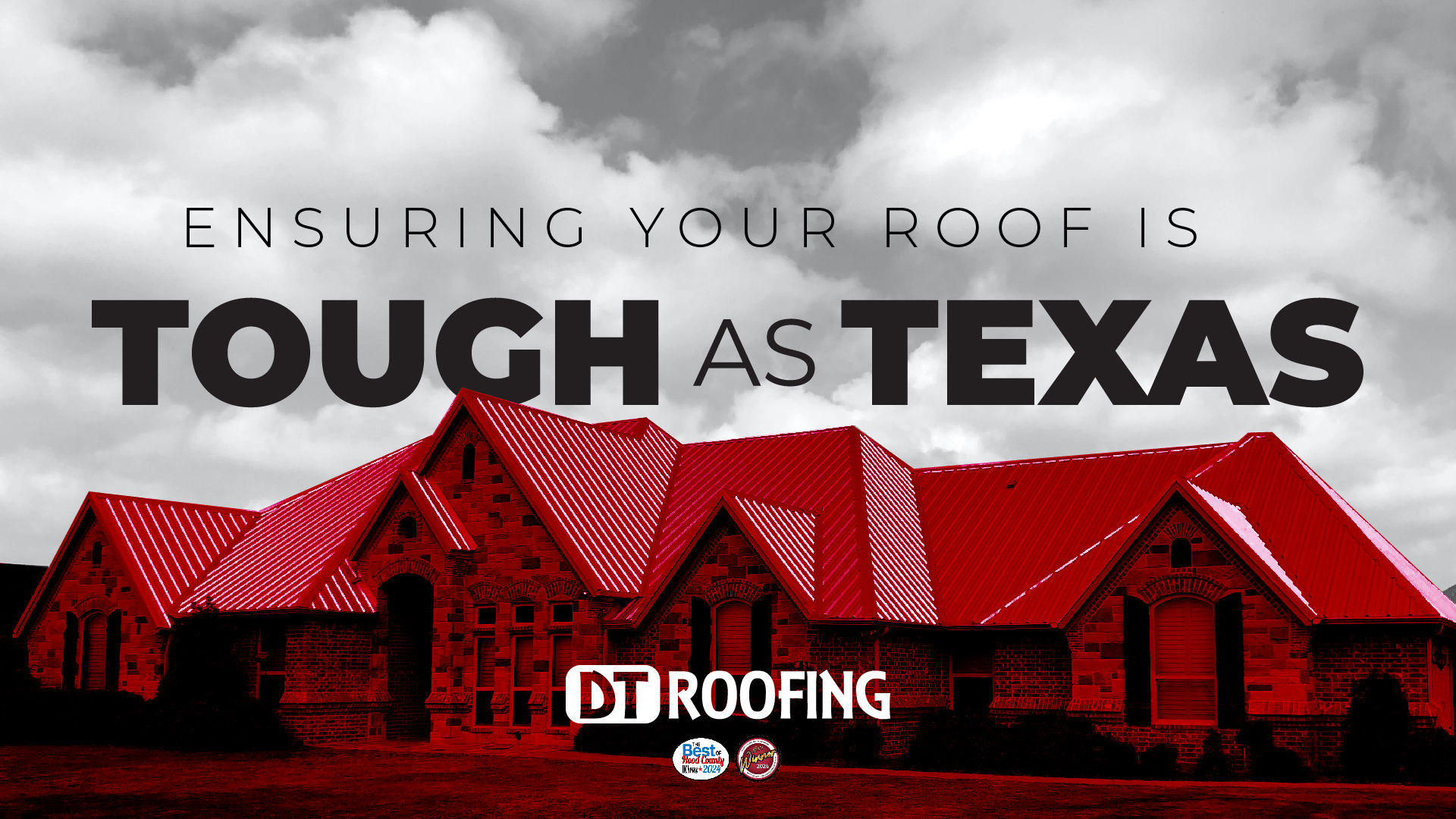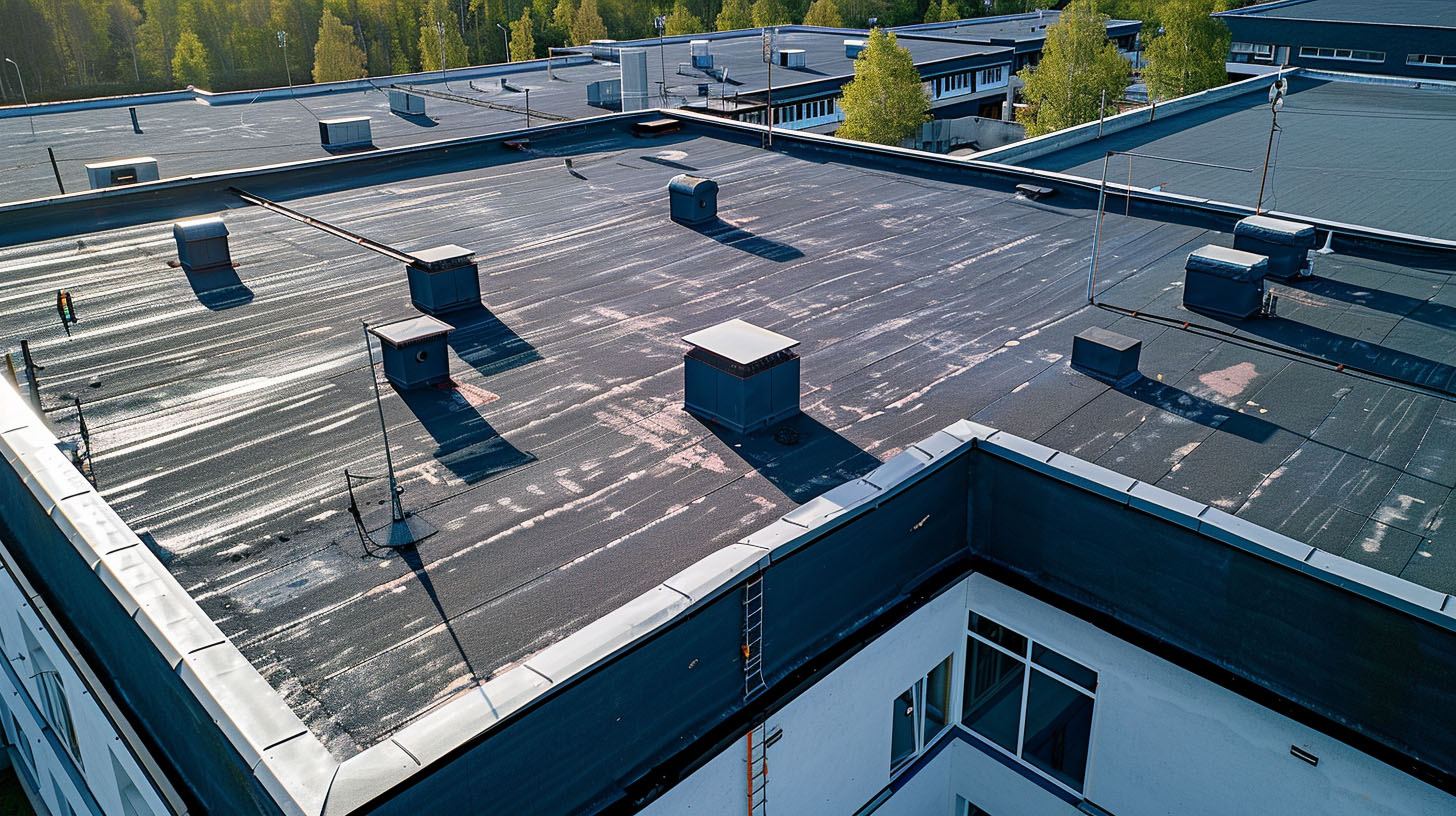
Why Preserving Historic Roofs Is So Important
Historic buildings are treasured not just for their architectural charm, but for the stories they tell. Whether it’s a century-old courthouse, a Victorian-style home, or a rustic church tucked away in Granbury, TX, preserving the original roof is key to maintaining the building’s integrity and heritage. That’s where experienced specialists like DT Roofing come in—bringing together craftsmanship, modern techniques, and respect for tradition to restore and protect these irreplaceable structures.
When it comes to historic properties, the roof is often one of the most defining and vulnerable elements. It’s not just a structural necessity—it’s a piece of architectural art, and any alteration to it can dramatically change a building’s appearance, authenticity, and even its historical status.
The Architectural Value of Historic Roofs
Roofs as a Symbol of the Era
Historic roofs are more than just a functional necessity; they are defining features of the buildings they crown. The shape, pitch, and material choices speak volumes about the era and style in which the structure was built. Whether it’s the intricate gables of a Gothic Revival home or the steep slate-clad roof of a Colonial building, the roof plays a vital role in storytelling.
Replacing a historically accurate roof with inappropriate modern materials—like standard asphalt shingles—can detract from a building’s character. True preservation involves maintaining or replicating these roof details, which means understanding the original craftsmanship and regional building techniques.
The Role of Materials in Preservation
Many historic roofs were made from materials that aren’t commonly used today, such as:
- Slate
- Clay tiles
- Wooden shakes
- Copper and standing seam metal
These materials were not only durable but provided aesthetic richness that helped define the building’s architectural style. Replacing these with look-alike synthetic options requires care and precision. Preservation-minded contractors often go the extra mile to match these materials in texture, color, and installation method so the restoration looks seamless.
Structural Sensitivity and Challenges
Balancing Old Frameworks with Modern Needs
Historic roofs were constructed using building codes and techniques from decades—or even centuries—ago. That means the framing underneath may not be able to support today’s heavier materials without reinforcement. However, adding support must be done carefully to preserve the integrity of the structure.
In many cases, this involves reinforcing rafters, improving ventilation, or subtly integrating modern waterproofing methods. It takes experienced professionals to find that balance—ensuring a roof can handle modern stress while maintaining its historical framework.
Navigating Code Compliance and Safety
In modern restoration projects, code compliance is always a factor. Historic buildings must often be updated to meet current fire, wind, and load standards. While meeting these requirements, the restoration process should still retain the visual identity of the original roof.
This requires a contractor with a deep understanding of both historical and contemporary building practices. At DT Roofing, we specialize in this blend of old and new, bringing each roof up to code without stripping it of its character.
The Impact of Climate on Historic Roofs
Weathering and Environmental Pressures
Texas weather brings its own set of challenges. In Granbury, roofing systems must contend with intense summer heat, sudden temperature shifts, hailstorms, and high winds. Historic roofs, particularly those built before climate adaptation became standard practice, can deteriorate quickly without the right maintenance or materials.
By upgrading flashing, improving underlayment, and choosing weather-resistant materials that replicate the historic look, we help extend the life of these beautiful roofs without sacrificing their authenticity.
Modern Materials with Historic Appeal
We work with brands like Owens Corning, TEK, and F-Wave to source materials that meet both aesthetic and durability needs. For example, synthetic slate and shake shingles can mimic historical materials while offering impact resistance and UV protection—making them a smart choice for preservation in volatile climates.
Preserving Value and Cultural Significance
More Than Just a Roof
Preserving a historic roof protects more than just a building—it protects the story, identity, and cultural value of the community. A well-preserved roof can help maintain or increase the property’s eligibility for:
- Historical landmark designation
- Tax credits and preservation grants
- Inclusion in heritage tourism programs
Poor roofing work, on the other hand, can jeopardize these benefits and permanently damage the architectural and financial value of the property.
Community Connection
Restoring a historic roof also strengthens community pride. These buildings are often landmarks that define a neighborhood’s character. When residents see that a roof has been lovingly restored with attention to detail, it sends a message: the community values its history and is committed to preserving it for future generations.
Technical Considerations in Roof Restoration
Seamless Integration of Modern Features
One of the greatest challenges in historic roof preservation is integrating modern protective features without affecting the appearance of the roof. This includes:
- Discreet ridge vents or soffit ventilation
- Low-profile flashing
- Hidden moisture barriers and underlayment systems
These upgrades can significantly improve the functionality and longevity of the roof while preserving its visual authenticity.
Avoiding Cosmetic Quick Fixes
True preservation isn’t about cosmetic surface fixes. It’s about understanding the structure’s story and working within those parameters to rebuild something enduring and accurate. At DT Roofing, we take the time to ensure every detail aligns with the historical design, from the shape of the gutters to the cut of the shingles.
Let the Past Live On
Restoring a historic roof is one of the most rewarding projects in construction. Each one is a tribute to the craftsmanship of the past and a promise to preserve that legacy into the future. It’s not just about keeping out the rain—it’s about honoring architectural artistry, cultural memory, and community heritage.
When it comes to historic preservation, roofing isn’t just construction—it’s conservation. And when you trust professionals who honor the past while protecting the future, you ensure that your building will continue to stand strong and proud for generations to come.
Choose a roofing company that understands the craftsmanship and care these projects deserve, and let history live on—one tile, one shake, one slate at a time.
Read also our blog: Why Commercial Roofing Contractors Matter












